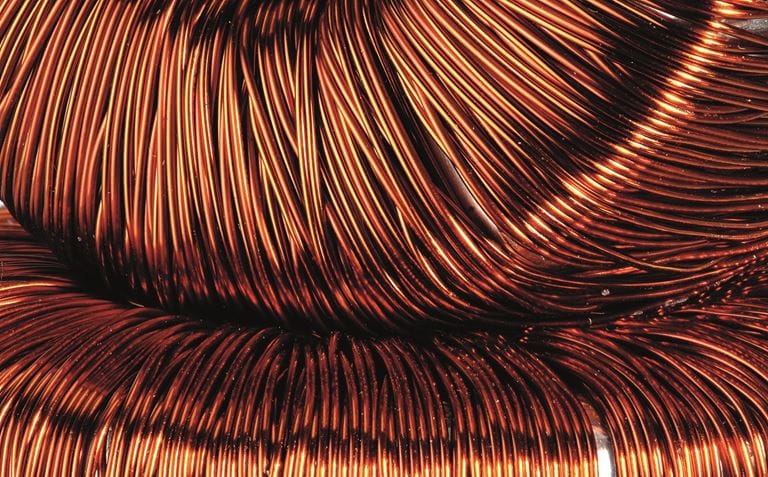Glencore buys Russian copper on LME to feed tight Chinese market

Glencore Plc has been buying Russian copper on the London Metal Exchange and plans to deliver it into China, in a trade that highlights a squeeze on supplies in the world’s largest copper consumer.
In the past three trading sessions there have been requests for delivery of about 15,000 tons of copper from LME warehouses in Rotterdam, according to exchange data, drawing down available exchange inventories to the lowest in a year. Glencore was the key trader behind those withdrawal requests and is making plans to deliver the metal, which is Russian in origin, to China, according to people familiar with the matter.
The Glencore trade is noteworthy because it involves sizable volumes of Russian copper — generally seen as the least desirable material. Many consumers and financiers have sought to avoid Russian supplies since the full-scale invasion of Ukraine in 2022, and after partial sanctions imposed last year by the US and UK.
Russian copper has piled up in the LME as a result, particularly in Europe, where almost all of the LME inventory of the metal is of Russian origin, according to traders. Traders seeking to buy metal on the LME have generally avoided that inventory, since it is located far away from China, the main market where consumers are still willing to buy Russian metal.
Spokespeople for Glencore and the LME declined to comment.
Glencore’s trade is most likely a response to tight market conditions in China, after President Donald Trump’s threat of tariffs on copper imports prompted vast quantities of metal to be redirected to the US. That has spurred traders to buy material on the LME to supply the Chinese market, with Glencore’s rivals Mercuria Energy Group Ltd. and Trafigura Group also drawing down LME copper stocks, Bloomberg has reported previously.

Chinese premiums for some grades of copper have hit the highest in more than five years, while the Shanghai Futures Exchange copper market has been trading in a steep backwardation, with contracts for immediate delivery more expensive than those for delivery later — a hallmark of a tight market. Chinese copper inventories saw a record drawdown after prices plunged below $8,500 a ton in April, although they have stabilized in recent weeks as prices rebounded.
Glencore’s trade may also benefit from any move to ease sanctions on Russia in the event of a peace deal with Ukraine. Bloomberg previously reported that Mercuria had taken a huge position in LME aluminum — which is also largely backed by Russian metal — as a bet that an easing of sanctions would cause the relative value of Russian metal to increase.
Since 2022, Glencore has stepped back from Russia, saying it would not enter into “any new trading business in respect of Russian origin commodities unless directed by the relevant government authorities.” Still, like others it has continued buying and selling Russian metal on the LME.
The LME banned delivery of newly produced Russian copper after the US and UK imposed sanctions in April 2024, but old Russian metal continues to be tradable on the exchange, including by US and UK companies.
(By Jack Farchy, Julian Luk and Alfred Cang)
{{ commodity.name }}
{{ post.title }}
{{ post.date }}

Comments